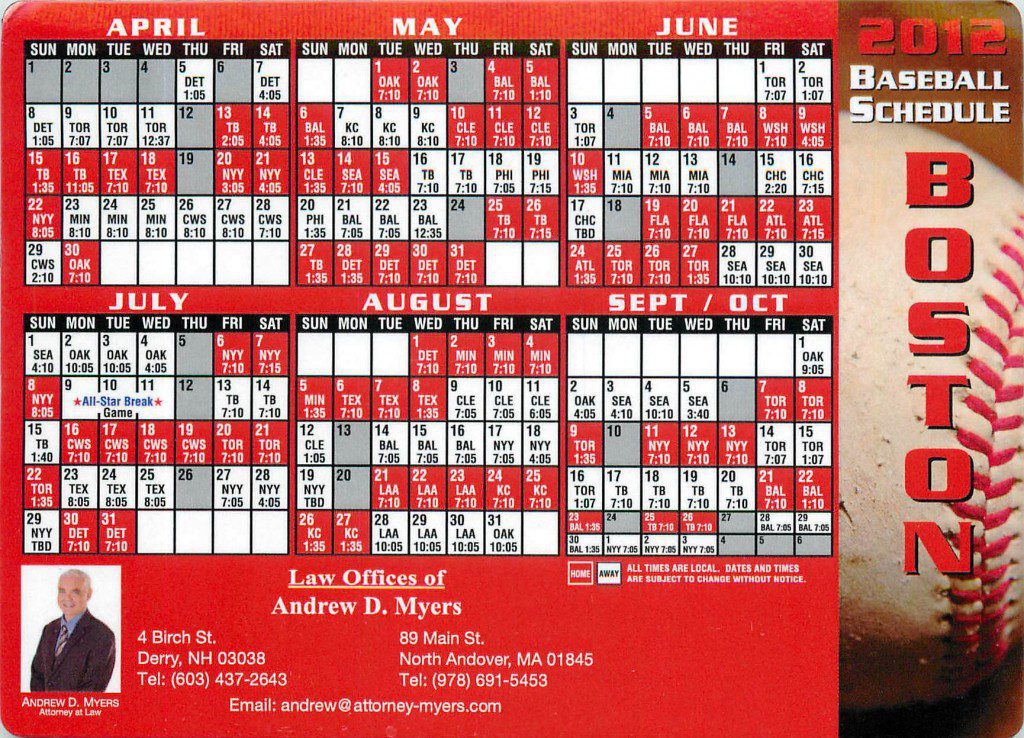
Most games were played in June and early July, although beginning in 2005, interleague games were played during one weekend in mid-May. Corresponding divisions were skipped once when this rotation began, but were put back in the rotation in 2006.įrom 2002 to 2012, all interleague games were played prior to the All-Star Game (with the exception of games postponed by weather that were made up after the All-Star Game). Matchups which had been of particular interest prior to this format - mainly geographic rivals - were preserved. In 2002, however, the league began alternating which divisions played which divisions, and thus in 2002 the American League East played the National League West, the American League Central played the National League East, and the American League West played the National League Central. San Francisco's Darryl Hamilton got the first base hit in interleague play, while Stan Javier hit the first home run, leading the Giants to a 4–3 victory over the Rangers.įrom 1997 to 2001, teams played against the same division from the other league for example, the American League West played teams from the National League West, typically scheduled to alternate between home and away in consecutive years. Texas's Darren Oliver threw the game's first pitch and San Francisco outfielder Glenallen Hill was the first designated hitter used in a regular-season game by a National League team. There were four interleague games on the schedule that night, but the other three were played on the West Coast, so the Giants–Rangers matchup started a few hours earlier than the others. MLB's first regular-season interleague game took place on June 12, 1997, as the Texas Rangers hosted the San Francisco Giants at The Ballpark in Arlington. While the concept was again considered in the 1970s, it was not formally approved until 1996, at least in part as an effort to renew the public's interest in MLB following the 1994 players' strike. Bill Veeck predicted in 1963 that Major League Baseball would someday have interleague play. While this proposal was not adopted, the current system shares many elements.

Notably, under Greenberg's proposal, all results would count in regular season game standings and league statistics. The interleague games would be played immediately following the All-Star Game.



Under Greenberg's proposal, each team would continue to play a 154-game season, with 126 within that team's league, and 28 against the eight clubs in the other league. In December 1956, Major League owners considered a proposal by Cleveland general manager and minority-owner Hank Greenberg to implement limited interleague play beginning in 1958. In August 1933, several owners reacted favorably to a proposal by Chicago Cubs president William Veeck to have teams play four interleague games in the middle of the season, beginning in 1934.
2018 MLB SCHEDULE RED SOX FULL
Herrmann's plan would have seen the two leagues ending their seasons earlier, after approximately 116 games, "and then have every National League team play two games in every American League city, and have every American League team play two games in every National League city." Another interleague play idea was floated around the same time by Boston Americans owner John Taylor, whose plan was for each league to play its full 154-game schedule, to be followed by not just a championship series between the two league winners, but also by series between the two second-place finishers, the two third-place teams, and all other corresponding finishers. The first National Commission Chairman, Cincinnati president August Herrmann (who had already been a proponent of interleague play), proposed an ambitious scheme in late 1904. Regular season interleague play was discussed for baseball's major leagues as early as 1903, when the two major leagues made peace and formed the National Commission as governing body. Hank Greenberg, Hall of Famer and 2-time MVP


 0 kommentar(er)
0 kommentar(er)
